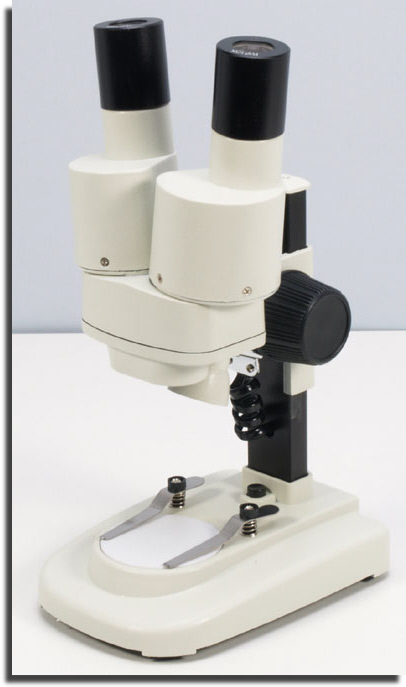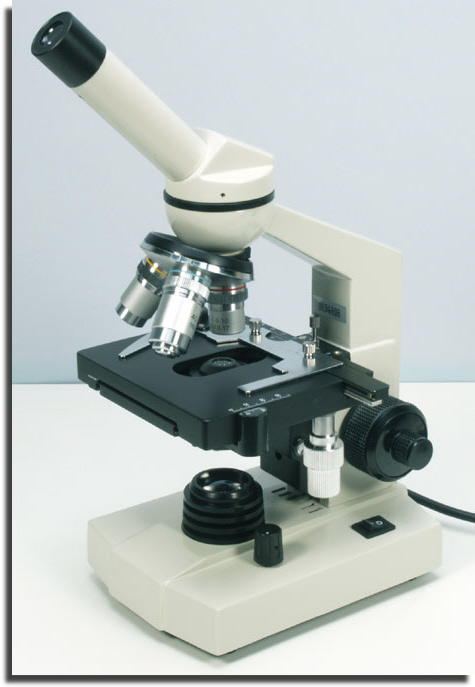Thanks for the vote of confidence Nellie.
When you get to reading the description of the ebay item one item that stands out is 2000 magnifications. This is impossible with light microscopes the maximum is about 1000X because of physical limitations of waveform light. any larger magnification just gives a bigger picture with no more detail than the X100 limit.( like digital zoom on a camera)
Would you trust a dealer with that sort of statement.
Secondly it talks of adjustable interpupilary distance fine if the microscope is binocular but can not be done on a monocular microscope as you need two eyepieces to adjust the distance between them.
Third they reside in India how are you going to contact them if there is a fault and how long will it take for the replacement to arrive.
Ruary






 Reply With Quote
Reply With Quote I've stickied the post for future reference as I think for general advice there's a lot of useful info here.
I've stickied the post for future reference as I think for general advice there's a lot of useful info here.
 [/url]
[/url]





Bookmarks